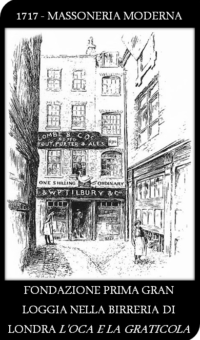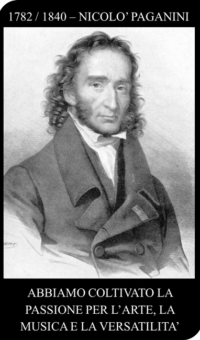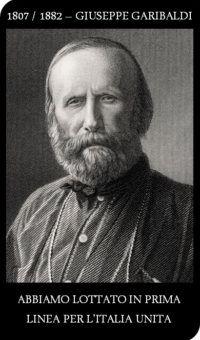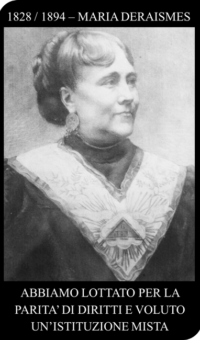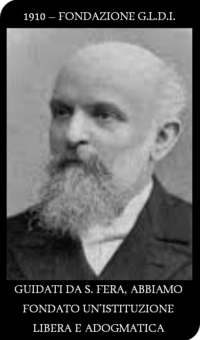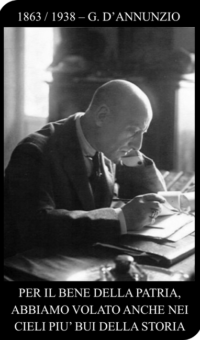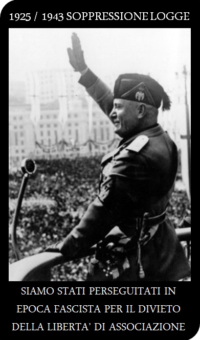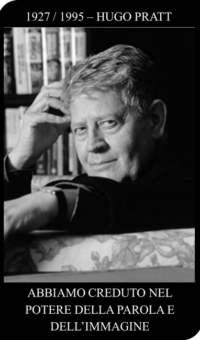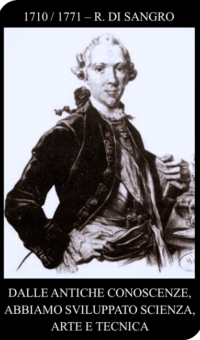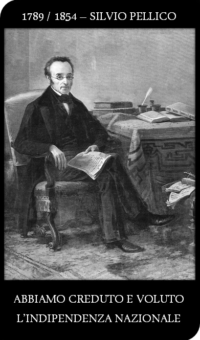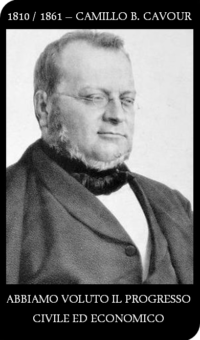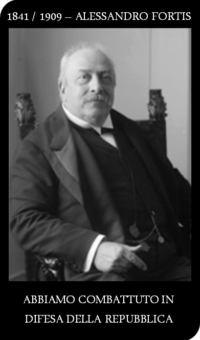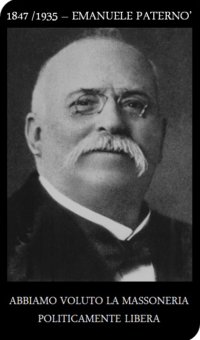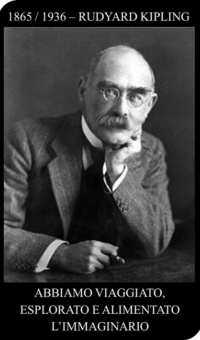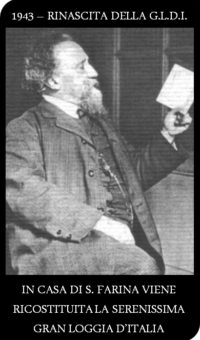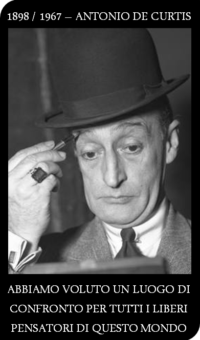The birth of modern Freemasonry
Men have always been builders and nowhere have they ever displayed their true nature more honestly than in their constructions. When we look at them – from a mud hut or a coastal house, to a Pyramid, the Parthenon or the Pantheon – it feels like we can read the very core of the human soul, because the works reveal the human sense of the invisible, our hopes, fears, ideas and dreams. Everything refers to something sacred, which is recurring in every tradition, from Ancient Egypt to the masonic guilds during the Roman times - collegia fabrorum. These latter, in particular, were torchbearers of a tradition which considered all of the guild's members sacred, including the working tools and the very building Art itself, which was bequeathed within the guilds, as also shown by the symbology featuring the ancient building rites of death and re-birth.
Such a solid building tradition, born within the very heart of the collegia fabrorum, does not die with the fall of the Roman Empire, and yet somehow it seems to go silent for many centuries. At the rise of the second millennia, though, the tradition reappears with reinvigorated spirit across the Christian Europe, through the edification of churches and cathedrals, made by freemasons who could, as it appears, be rightfully called so, thanks to a papal bull which apparently granted them the privilege of moving freely across the continent.
Proud, and at the same time jealous of such a rare and unusual freedom in times of slavery and vassalage, the master masons of the XI century created actual guilds, which were independent from the local authorities. Every guild was internally structured in three grades: the apprentices, who used to learn the art by observing and preparing the materials, the companions, who would be the actual workforce in the edification of the buildings, and the masters, who projected and superintended the works.
In time, many guilds would also admit members with no specific building competences so that the operative freemasonry slowly started acquiring new specifically speculative features, which would often be carefully safeguarded by the guilds as they were infused with principles belonging to a culture which was not entirely considered legitimate in the outside world. The heirs of the Renaissance wisdom tradition also sought refuge within the masonic lodges, progressively turning these latter into actual Academies, where the master masons bequeathed arcane numeric proportions, and initiation rituals were studied, but also where some ancient alchemical esoteric knowledge coming from various Orders of Chivalry would be passed on.
If the roots of the speculative freemasonry can be traced down to the graft of hermetic and Rosicrucian elements into the medieval masonic guilds, the actual birth of the modern freemasonry has a set date: June 24th 1717, when the first Grand Lodge in London was effectively constituted. In order to fully understand how such a seemingly irrelevant episode as the constitution of four previously existing lodges into one Grand Lodge is to be considered of universal importance, it is crucial to focus on what was actually happening in England, between the end of the XVII and the beginning of the XVIII century, both at a historical and cultural level. The second industrial revolution was coming alongside its core political-economical liberalism, which is still at the root of the civilization of today.
It is through the identification with such a peculiar cultural background based on “progress” and cosmopolitism that the Freemasonry becomes an advocate for the core principles of freedom and tolerance, so that every man, set free from political slavery, fanaticism and prejudice, thanks to their own Reason, could eventually end up working for the edification of a better world.
After a first period featuring a standstill, the Grand Lodge started evolving rapidly – in 1725, up to 64 lodges could be counted - even beyond the borders of England. The first piece of information about an Italian freemason, following the writing of the Constitutions of Anderson, can be traced down to 1732, when, on August 4th, the versatile writer Antonio Cocchi noted in his diary that he had been initiated into a lodge in Florence, hence it is deductible that by that date some lodges were operative in Tuscany.
It is likely the spread was quite rapid also elsewhere if, within a handful of years, news of operative lodges in Naples, Verona, Rome, Florence, Livorno, Pavia, Turin and Modena can be found. The lodges would mainly consist of middle-class and aristocrat people, as in England and France. Servicepersons, magistrates, court officials, members of the clergy close to Jansenism, professionals, traders, scholars and erudite persons would gather in the lodges, attracted by the liberal ideology and the levelling and egalitarian ambitions of the English lodges, but also by the fascination of the return to long lost definitions and rituals.
History of the Gran Loggia D'Italia
The Gran Loggia D'Italia – i.e. Grand Lodge Of Italy – was formed under the leadership of the then Lieutenant Sovereign Grand Commander Saverio Fera by a part of the then Supreme Council of the Ancient and Accepted Scottish Rite, which had left the Grande Oriente d'Italia. At the base of this scission was a profound discord regarding the failing approval of a regulation for the religious education in primary schools by the Italian Parliament.
As a matter of fact, within the Grande Oriente d'Italia, which grouped together all the lodges spread around the national territory, two ritual ways had always been coexisting: the Symbolic Rite endorsed by those masons who were particularly sensitive to a political commitment, and the Ancient and Accepted Scottish Rite, which gathered those who were deeply convinced that freemasonry should remain exclusively an initiatory and esoteric society and therefore dedicated solely to the thriving of certain human values.
Such a conflict, which again had always been present, reached its apex when the Grande Oriente d'Italia demanded its initiates, who were also members of the Italian Parliament, to obediently follow its political directions, to the point it would punish those who would refuse to comply to the above by sealing electoral pacts with the catholics.
The issue of the religious education in public schools sealed the fracture. On February 21st 1907, the Member of Parliament Bissolati presented a motion to remark the laical nature of the primary education, hence forbidding any religious kind of teaching, and the Grand Master Ettore Ferrari endorsed such a motion with deep commitment, to the point he threatened the numerous MP brothers opposing it to be expelled from the Obedience.
The Order was then involved into a bitter political debate, thus revealing its true political nature, featuring a visceral anticlericalism, often resulting into plain atheism and even more frequently into blaspheme contents. From the top of the Scottish Rite, Saverio Fera, opposing himself to the given orders, endorsed freedom of conscience and hence of vote to all the MPs. As a consequence, the two bodies were inevitably separated and the project for the unification of the Rites which had wore out so much the two souls of the Italian freemasonry was ultimately buried. As a result the Gran Loggia D'Italia was founded in 1910, with the title of Serenissima Gran Loggia D'Italia – or S.G.L.D.I. - which in 1915 counted more than 5000 affiliates. In 1912, the International Conference of the Supreme Councils of the Ancient Scottish Rite gathered in Washington acknowledged the S.G.L.D.I. as the sole direct heir of the Grand Orient founded by the Supreme Council of the Ancient and Accepted Scottish Rite for the country of Italy in 1805.
As for every masonic Obedience, the S.G.L.D.I. was suppressed due to the enacting of the Association Act of the Mussolini government in 1925. The Obedience could be revived only in 1943, at the domicile of Salvatore Farina located in via Priscilla 56 in Rome, where a new Supreme Council was constituted and a Sovereign Grand Commander elected in the person of the lawyer Carlo de Cantellis, who remained in charge until the capital was liberated.
In the aftermath of WWII, a few confused years passed when Grand Masters and Sovereign Grand Commanders followed in a rapid sequence. Of this period, we would like to remember Pietro Di Giunta, Giulio Cesare Terzani, Ernesto Villa, Domenico Fransoni, Ermando Gatto and Tito Ceccherini. On June 24th 1962, the Grand Electoral Assembly gathered in Rome and elected Giovanni Ghinazzi as Grand Master, with only two dissenting votes. He led the Obedience thereafter until his death, on November 14th 1986. During his 24 years of leadership, 237 lodges were founded, 14 legalized and 20 reborn. Furthermore, he focused on creating ties between the G.L.D.I. and numerous foreign communities.
On June 22nd 1965, the Obedience got its current title of Gran Loggia d’Italia degli Antichi Liberi Muratori, or G.L.D.I. of the A.L.A.M. - i.e. Grand Lodge Of Italy of the Ancient and Accepted Freemasons -. The same day, the official seat located in Rome, at Palazzo Vitelleschi in Via San Nicola de’ Cesarini 3, Area Sacra di Torre Argentina, was inaugurated.
Giovanni Ghinazzi was followed by various successors, who saw the foundation of the publishing company EDIMAI and the magazine Officinae, all the way to the current Sovrano Gran Commendatore Gran Maestro Luciano Romoli, eletto il 30 novembre del 2019. Ciascun Sovrano ha offerto il proprio contributo navigando al meglio in acque spesso travagliate per un antimassonismo da sempre radicato nel Paese.

